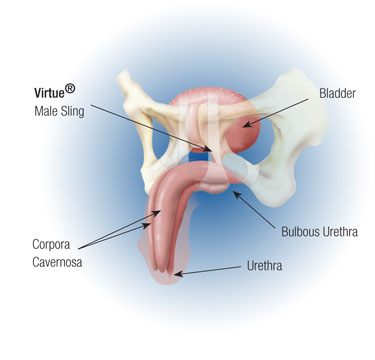Home » Urology Services » General Urology » Male Urinary Leakage
Stress incontinence is leaking related to “stress” such as coughing, jumping, standing, walking or exercise. Leaking at night while sleeping is rare but can sometimes be a more severe form of incontinence. Stress incontinence is very common immediately after prostate cancer treatments but tends to improve gradually over time. Typically, the most improvement will be seen the first 6 to 12 months after your prostate cancer treatment. Robotic surgery has improved stress incontinence rates to less than 10%.
Urinary leaking has been shown to improve quicker with kegel (urinary sphincter strengthening) exercises. These exercises should be started prior to your prostate cancer treatment or as soon as possible after surgery to expedite your continence recovery.
To do a Kegel exercise, follow these steps:
